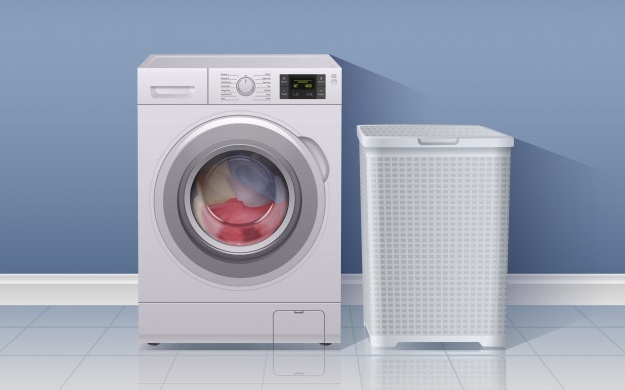You might spend somewhere between INR 8000 to 80, 000 on a washing machine and its usage can account for as much as 20 per cent of the electricity you use. Hence it’s important that you consider following Do’s and Don’ts to increase the efficiency of the washing machine and the life span of it.
Dos
- Use cold water: Almost 90 per cent of the energy consumed by washing machines goes to heating the water. Set the washing machine temperature to cold or warm and the rinse temperature to cold as often as possible.
- Use washing machine on full load: Each wash cycle uses up to 60 to 90 litres of water. So, use it on full load and plan washing periodicity to save on water too. Sort laundry load and schedule washes so that a complete job can be done with a few cycles of the machine carrying its full capacity, rather than a greater number of cycles with light loads. (Wash only full loads of clothing, but DO NOT overload the machine)
- Always Soak or pre-wash the cloths for effective cleaning.
Mistakes We Make
-
Overloading the machine
Today’s washing machines are bigger than ever and it’s tempting to cram in ‘just one more’ thing—but don’t. Even large-capacity machines have their limits. When they’re too full, water and detergent won’t reach everything; dirt gets trapped; and clothing doesn’t get clean. Plus, overloading causes unnecessary wear on your washer, and excess fabric wrinkling.
-
Guessing how much detergent to use
To get the best clean, it’s important to follow your detergent’s usage directions and measure it. Forgo measuring and you decrease cleaning performance, whether you add too little or too much. That said, it is all right to use a bit more for very dirty loads, or if you’re washing in hard water.
-
Sticking to the same cycles and settings
One cycle just doesn’t fit all. You probably use the ‘regular’ or ‘delicate’ cycles most often, but other settings and options are worth exploring, too. They offer extra rinses for bulky items, hotter water for better stain removal and whitening, and even slower agitation for less wrinkling.
-
Forgetting to flush out the dispensers
Your machine probably has at least one dispenser for fabric softener, detergent, or both, and it needs cleaning. Remove and rinse them often, and at the end of the cycle, leave the detergent drawer open so any residual water evaporates (otherwise, it could cause odors).
-
Not replacing rubber hoses with braided ones
If you can’t (or don’t) turn off the water to your machine when you’ve finished doing washing laundry, the most important thing you can do to prevent a burst hose is replace standard rubber ones with braided ones.
Related
Automatic Top Loading Washing Machine
Indian markets are full of various brands and large number of models focusing on minor differences mainly in aesthetics, design, appearance, colour,...
Automatic Front-Loading Washing Machines: Go for the best!
Washing machines are a big deal in most households, making it easy to wash everyone’s clothes. They’re used several times a week, so it’s important...
Consumer VOICE survey on top loading washing machines
Washing machines, whether top-loading or front-loading, are all about utility and convenience. But that’s not all. Then one would pick up any...



